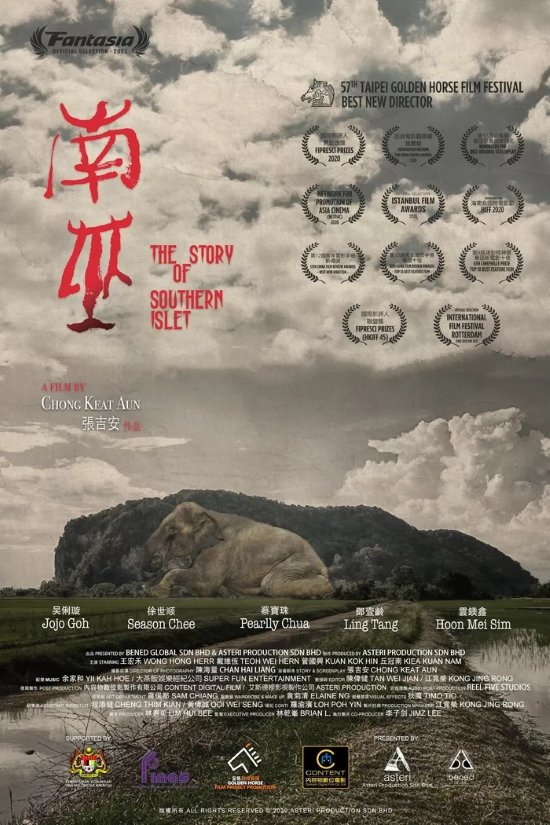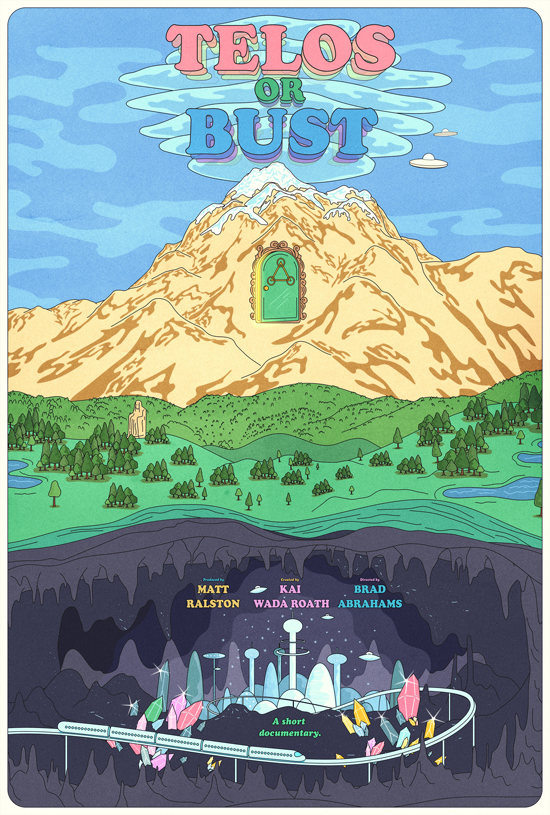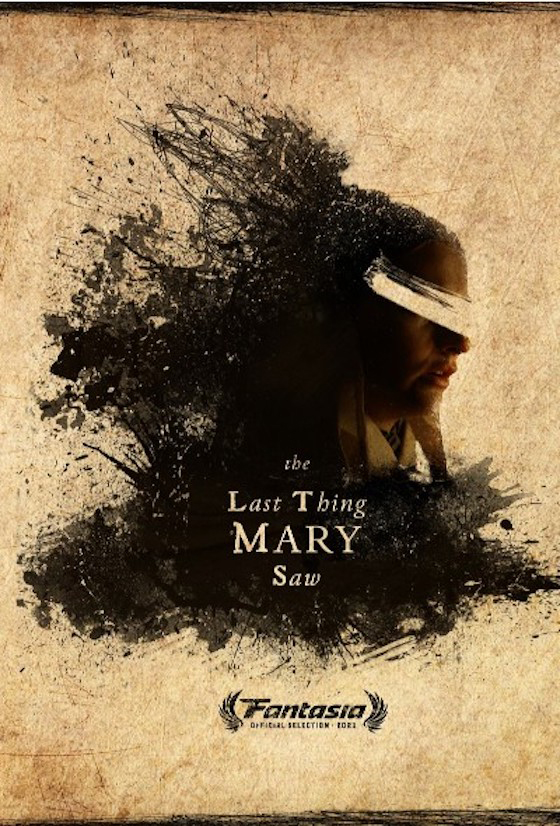Fantasia 2021, Part XLI: Collectors
 Collectors (도굴) is a slick heist movie with lots of action, and it comes from South Korea courtesy of director Park Jung-bae and writer Hwang Dong-hyuk. Released last year in Korea, it was a significant hit, sitting at the top of the box office for three weeks and finishing as the 11th biggest Korean film of the year. It’s a crowd-pleaser, to be sure.
Collectors (도굴) is a slick heist movie with lots of action, and it comes from South Korea courtesy of director Park Jung-bae and writer Hwang Dong-hyuk. Released last year in Korea, it was a significant hit, sitting at the top of the box office for three weeks and finishing as the 11th biggest Korean film of the year. It’s a crowd-pleaser, to be sure.
It follows Dong-goo (Lee Je-hoon), a thief of antiquities and historical artifacts, who has a glib attitude and a tragic backstory. He begins the movie by swiping a golden buddha statue, which leads him into a yet larger scheme, and an association with a crooked rich man (Song Young-Chang). And this leads him to another scheme; set-pieces proliferate as he gathers allies and prepares for the biggest job of all, stealing an ancient sword from the middle of a major city. We get intricate plans, fight scenes, and twists and turns aplenty.
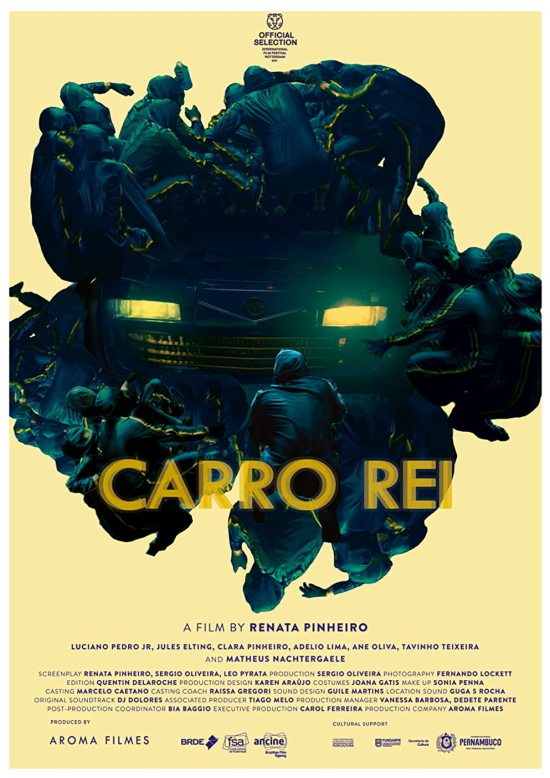
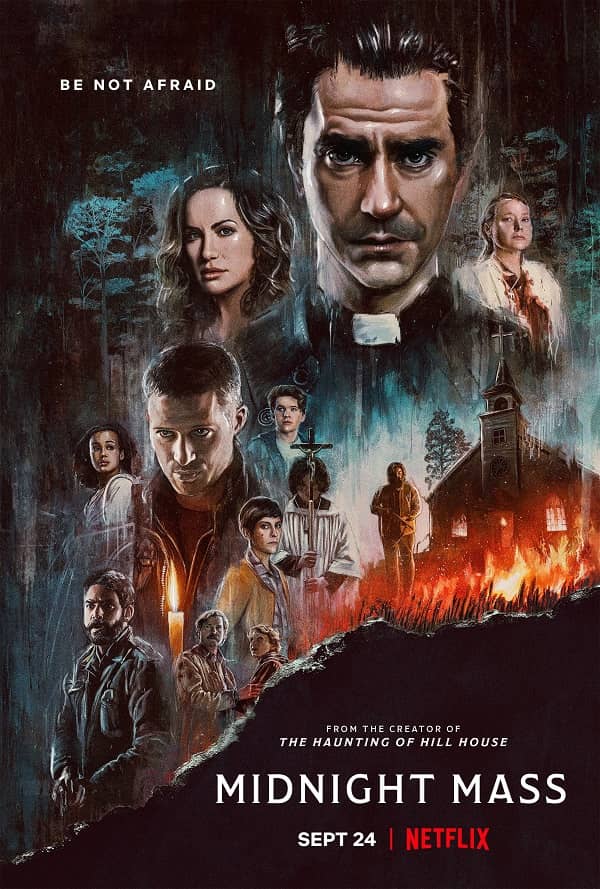
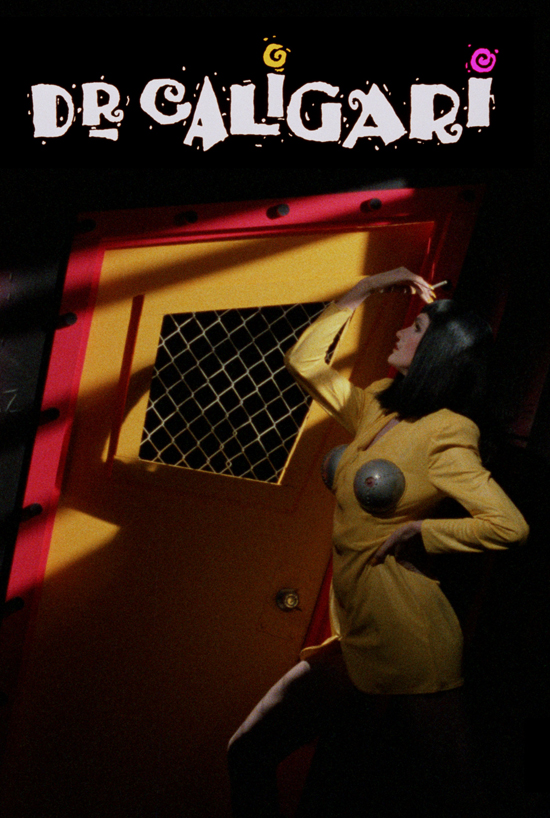
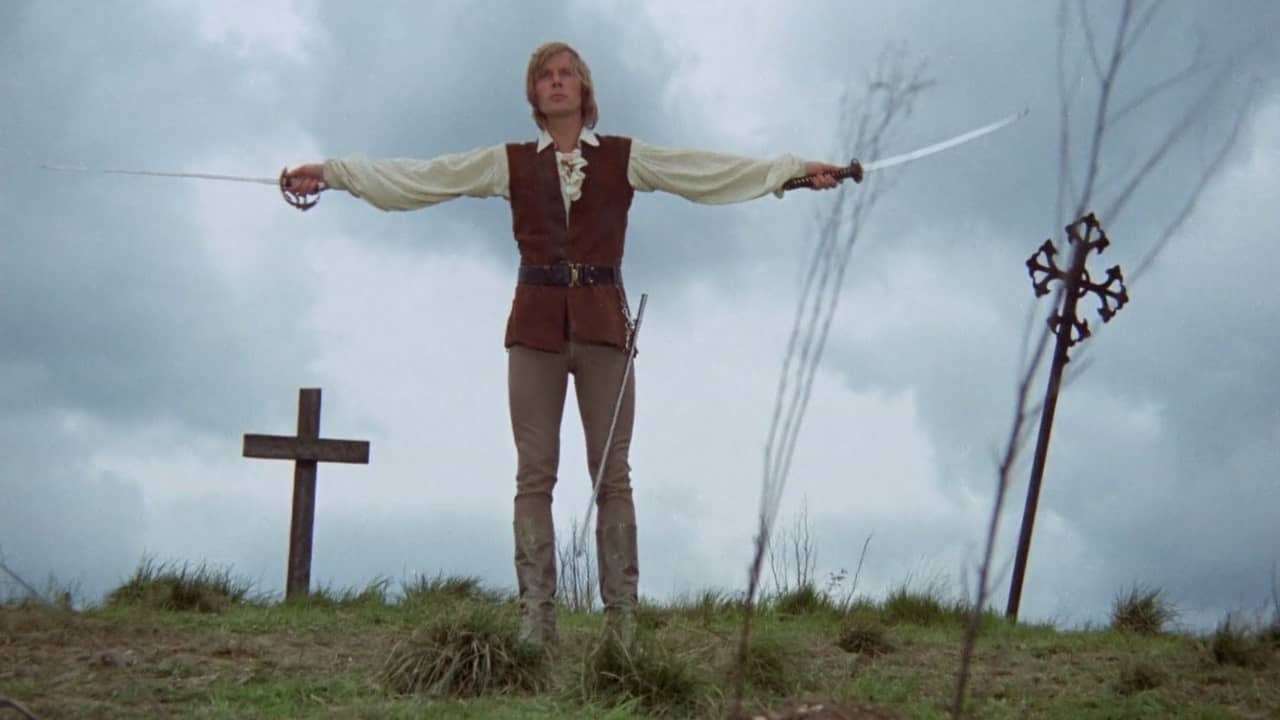
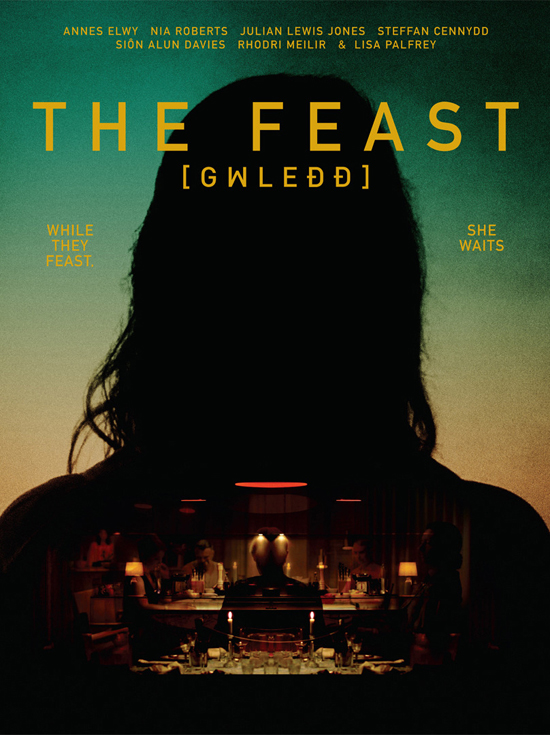
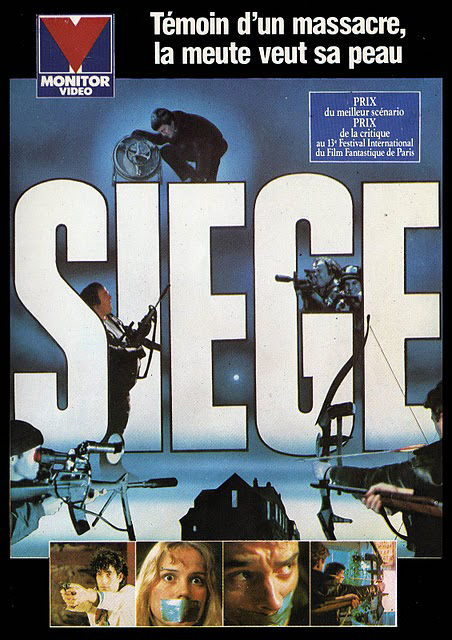 You ever watch one of the long video game cutscenes that passes for movies these days and think “I kinda miss old, raw-looking films, like early Romero and Carpenter. Something that had teeth. Heart. Balls. They don’t make ’em like that anymore.”
You ever watch one of the long video game cutscenes that passes for movies these days and think “I kinda miss old, raw-looking films, like early Romero and Carpenter. Something that had teeth. Heart. Balls. They don’t make ’em like that anymore.”